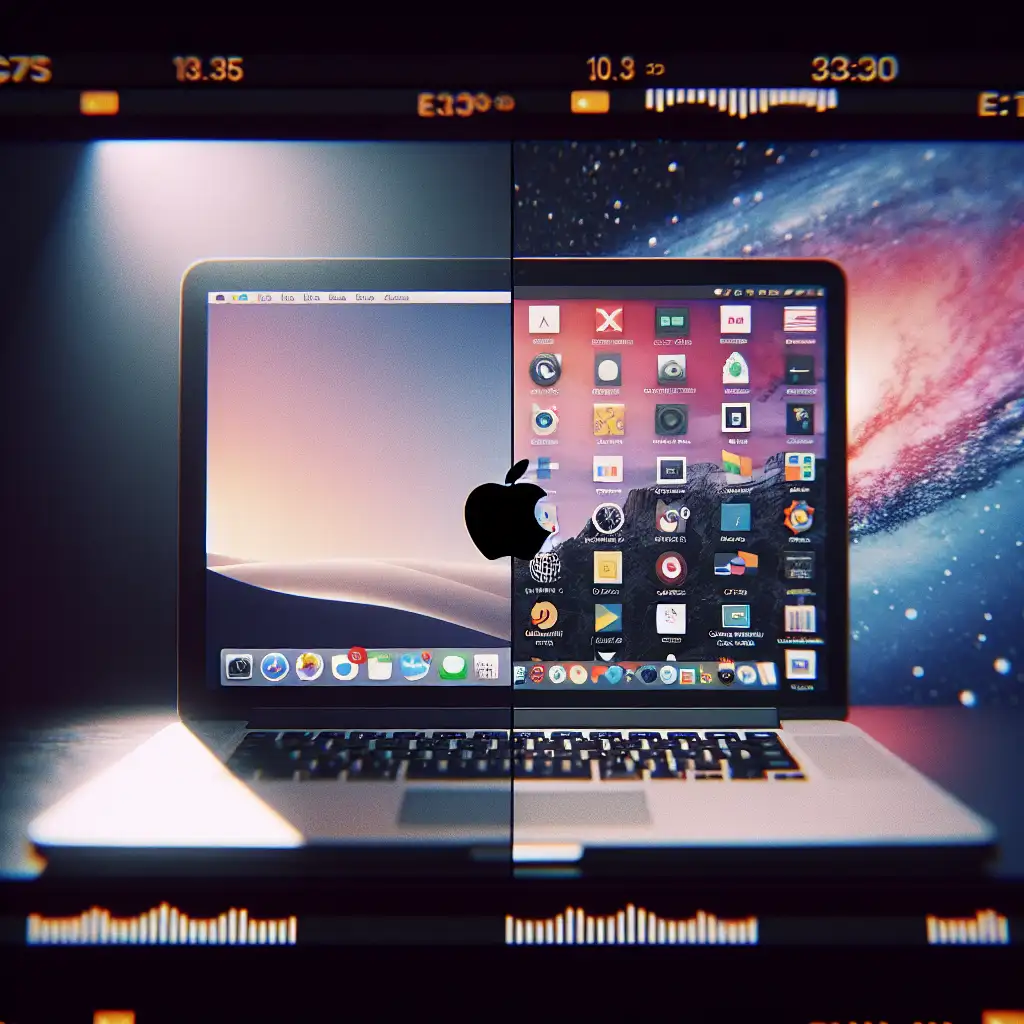Dual Booting macOS and Linux: Unlocking the Power of Both Worlds on Your Mac
Why settle for just macOS when your Mac can be a powerhouse running Linux too? Discover how dual booting opens new horizons beyond the Apple ecosystem without ditching what you love about your Mac.
The Mac ecosystem is beloved by many for its sleek design, seamless user experience, and robust software environment. But sometimes, the limitations of macOS can feel confining—especially if you're a developer, system admin, or Linux enthusiast looking to tap into the flexibility and control offered by Linux. What if you could have both operating systems on the same machine without sacrificing performance or convenience? Enter dual booting.
In this guide, I'll walk you through how to set up dual boot on your Mac with macOS and Linux. Whether you want to harness Linux's powerful development tools or simply explore a new OS, running both alongside macOS unleashes a whole new level of computing freedom.
Why Dual Boot macOS and Linux?
- Access to Best Tools: Use native macOS apps alongside powerful Linux utilities (Docker containers, native package managers, tooling).
- Development Flexibility: Test cross-platform code in both environments.
- Full Hardware Utilization: Unlike virtual machines, dual booting lets you run Linux directly on your Mac hardware.
- Optimized Performance: Native installation means faster speeds and better resource management compared to emulators.
- System Recovery Option: Boot back into macOS anytime without losing data or configuration.
Step 1: Prepare Your Mac for Dual Boot
Backup Everything
Dual boot installation involves disk partitioning, which carries risk. Use Time Machine or clone your drive to an external disk before proceeding.
Check System Compatibility
Older Intel-based Macs are easier to set up with dual boot compared to Apple Silicon (M1/M2) Macs, where support for Linux is emerging but still experimental.
Download a Compatible Linux Distro ISO
Popular options for Macs include:
- Ubuntu (well-supported hardware compatibility)
- Fedora
- Debian
- Elementary OS (for a macOS-like UI)
Download the ISO from the official site. For this tutorial, we’ll use Ubuntu as an example.
Step 2: Create Partition for Linux
- Open Disk Utility in macOS.
- Select your primary hard drive (not any volume).
- Click “Partition”.
- Use the
+button to shrink your macOS partition and allocate space for Linux (20-50 GB minimum recommended). - Format the new partition as MS-DOS (FAT) — this will be reformatted during Linux installation.
Step 3: Create a Bootable USB Installer
You’ll need a USB stick (8GB+).
Using Terminal:
# Replace `/path/to/ubuntu.iso` with your actual ISO path
diskutil list # Identify USB disk identifier e.g., /dev/disk2
diskutil unmountDisk /dev/disk2
sudo dd if=/path/to/ubuntu.iso of=/dev/rdisk2 bs=1m
Alternatively, use tools like balenaEtcher that make the process straightforward.
Step 4: Disable System Integrity Protection (if necessary)
For Intel Macs running macOS Catalina or later, you may need to disable SIP temporarily:
- Restart Mac holding
Command + Rto enter Recovery Mode. - Open Utilities > Terminal from menu bar.
- Run
csrutil disable - Restart normally.
(Don’t forget to re-enable later with csrutil enable)
Step 5: Boot from USB and Install Linux
- Reboot your Mac while holding the
Option(Alt) key. - Select your USB installer when the Startup Manager appears.
- Once in Ubuntu live session:
- Start installer.
- When prompted about installation type, choose “Something else.”
- Identify free partition created earlier.
- Format it as Ext4 mount point
/. - Install the bootloader (GRUB) typically on
/dev/sda.
Follow through with installation prompts.
Step 6: Post Installation and Dual Boot Management
After installation completes:
- Reboot holding Option key and select either Startup Disk:
- "Macintosh HD" for macOS
- "EFI Boot" or “Ubuntu” for Linux
If GRUB doesn’t appear automatically on reboot:
- You can always hold
Optionat startup on Intel Macs. - For M1/M2 Macs using tools like Asahi Linux, boot process differs significantly — follow their dedicated guides.
Practical Example: Installing Ubuntu 22.04 LTS Alongside macOS Big Sur
Let's say you have a 256 GB SSD MacBook Pro running Big Sur.
- Backed up everything via Time Machine.
- Free'd 50GB from macOS using Disk Utility.
- Created Ubuntu live USB using balenaEtcher.
- Disabled SIP temporarily.
- Installed Ubuntu onto the free partition with Ext4 formatting.
- After setup completed — I rebooted holding Option → selected Ubuntu → got a full Ubuntu desktop experience utilizing my Mac hardware flawlessly.
- When I want to use macOS again — restart and hold Option → select Macintosh HD.
Tips & Troubleshooting
- Always backup before repartitioning disks!
- Some Mac hardware components such as Wi-Fi adapters might need proprietary drivers on Linux; Ubuntu repository usually provides these.
- If boot options don’t show up after install — reset NVRAM (
Command + Option + P + R) during startup. - To make switching easier, consider installing rEFInd boot manager which will auto-detect all OSes at startup with nice GUI.
Wrapping Up
Dual booting lets you truly unlock the power of both worlds on your Mac—leveraging Apple's polished platform alongside open-source freedom without compromise.
Whether you're developing scalable apps in Docker containers on Linux or enjoying Pro apps like Final Cut Pro on macOS, having access to both systems ensures nothing gets lost in translation during workflow transitions.
Ready to maximize your Mac’s potential? Grab that USB stick and start exploring!
Got questions or want me to cover specific distros tailored for Macs? Drop a comment below—I’m happy to help you build your perfect dual boot setup!
Happy dual booting! 🚀
